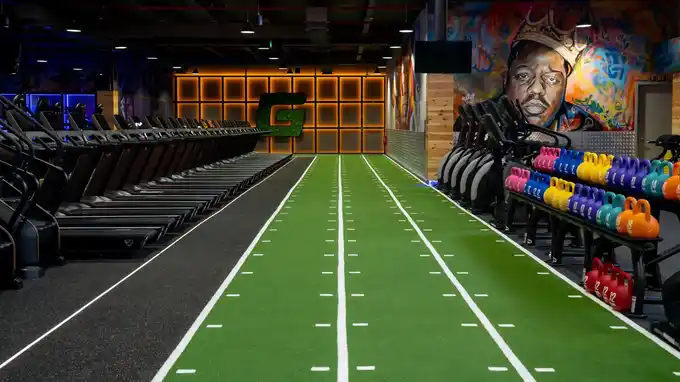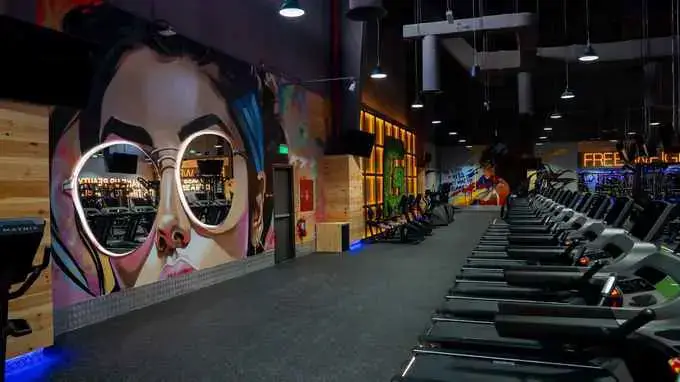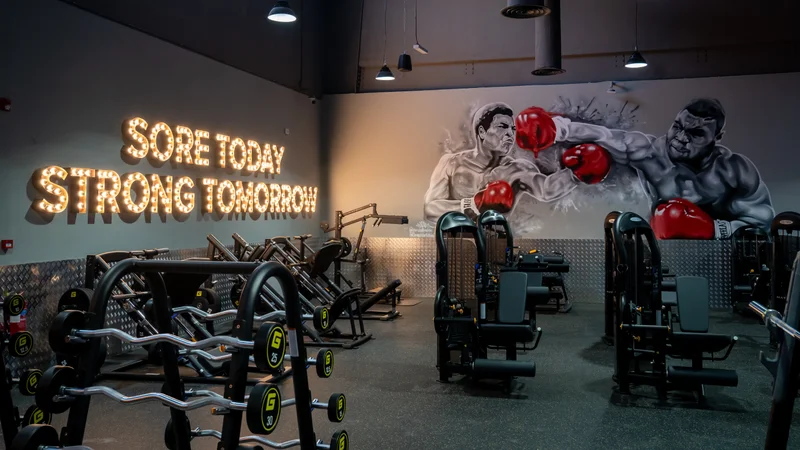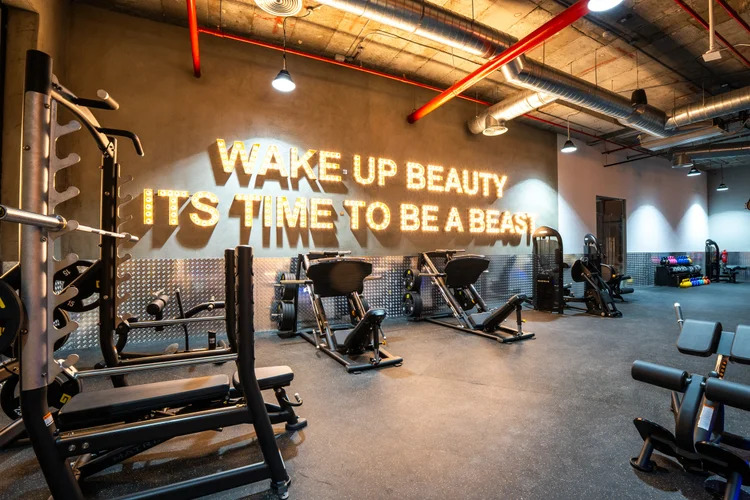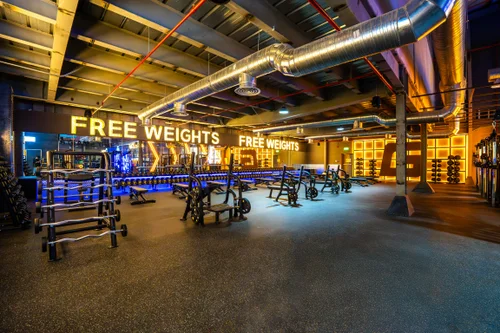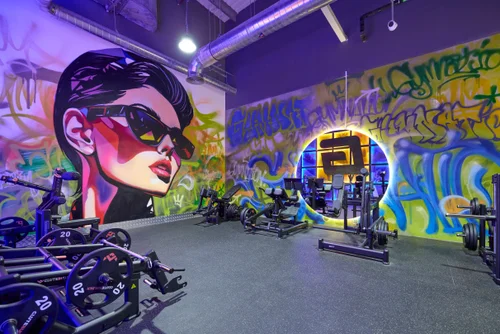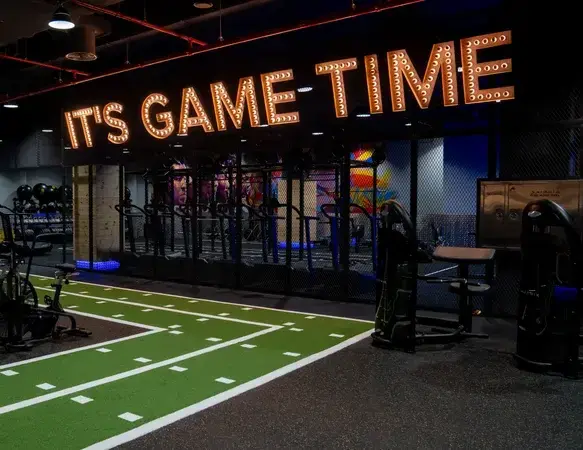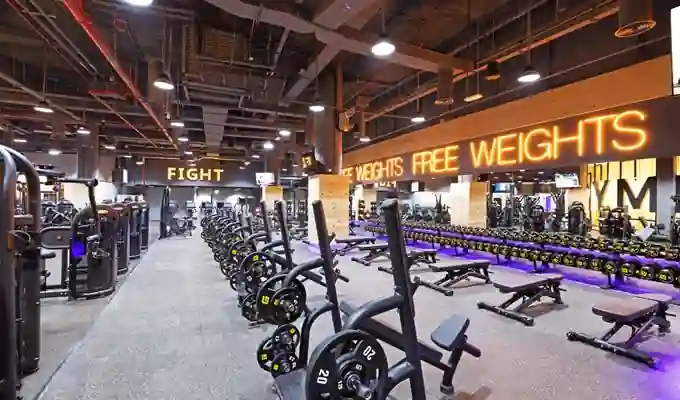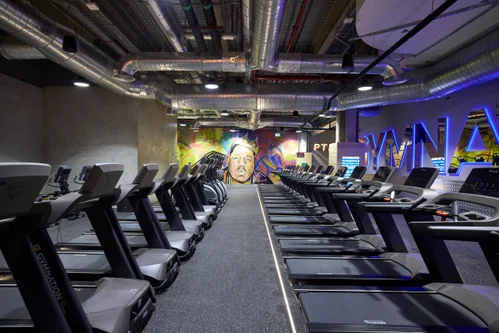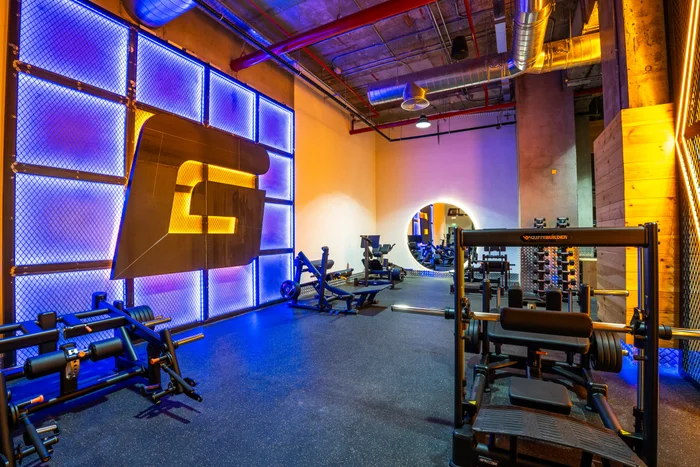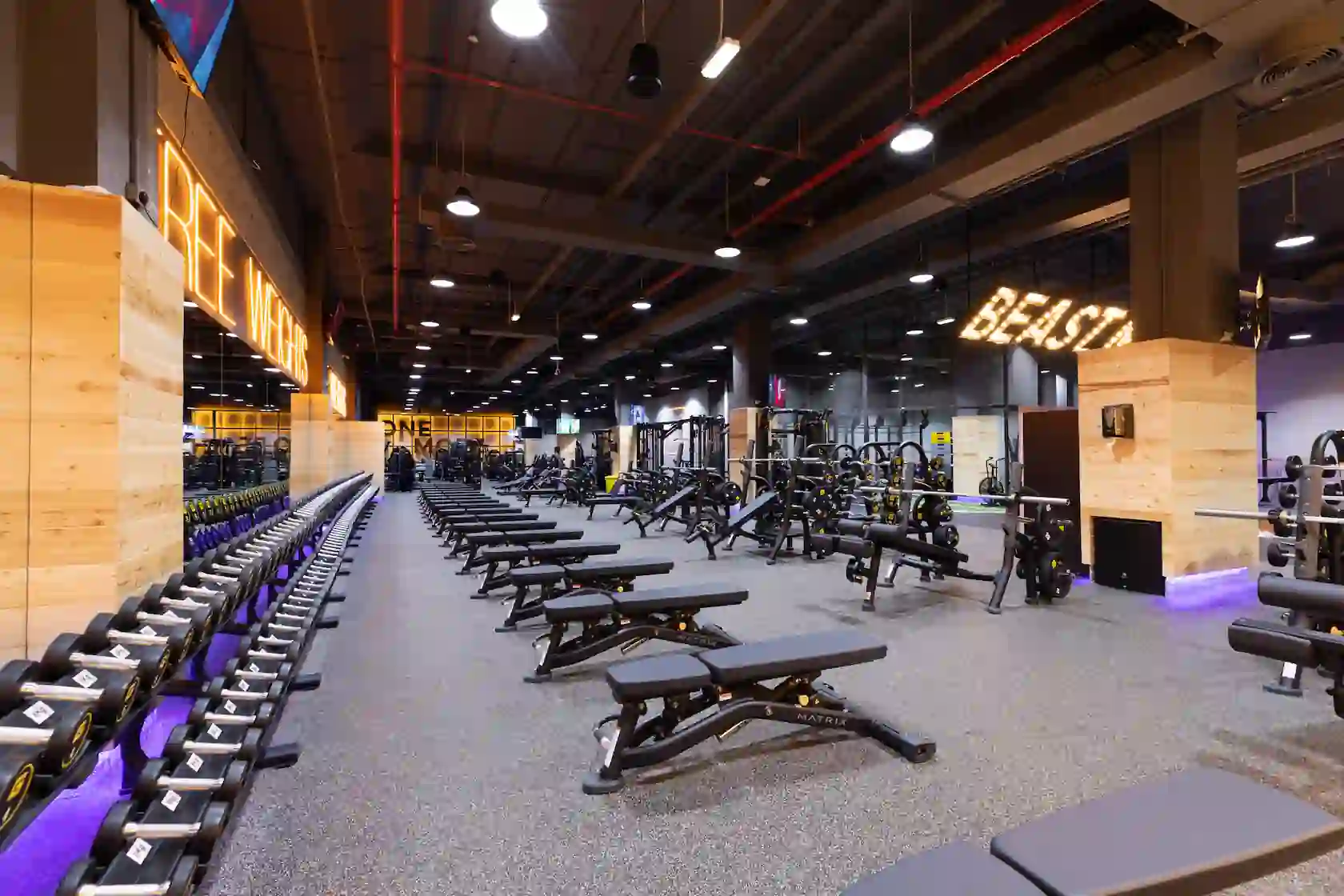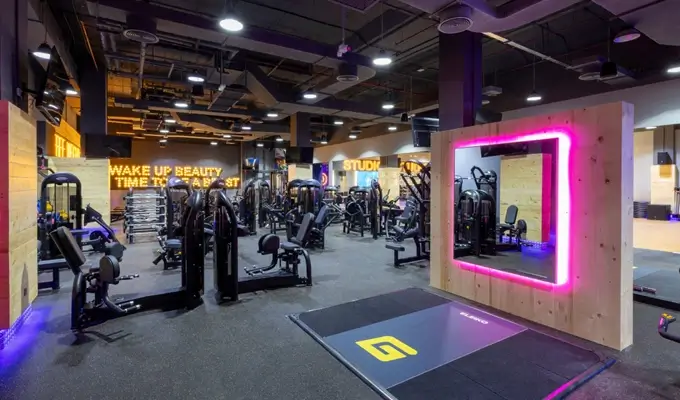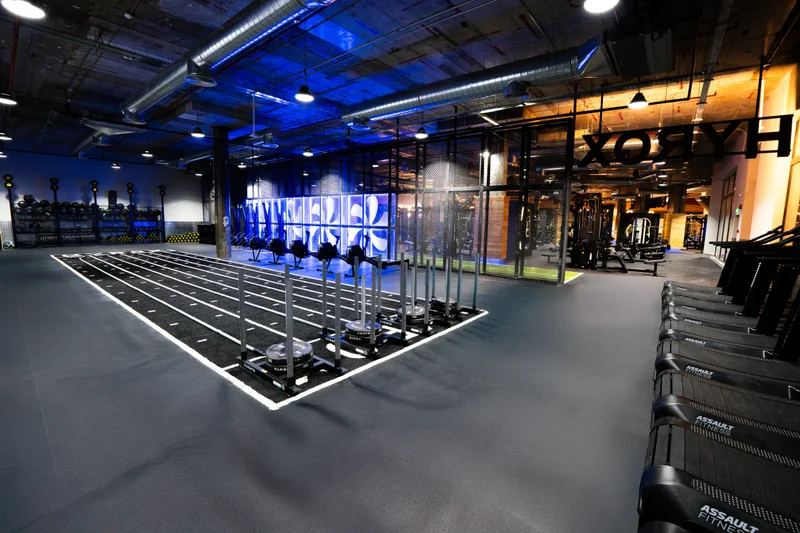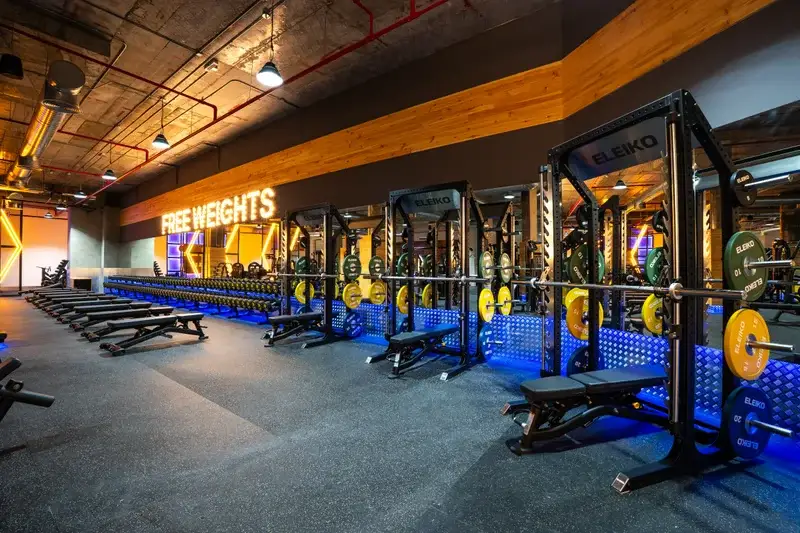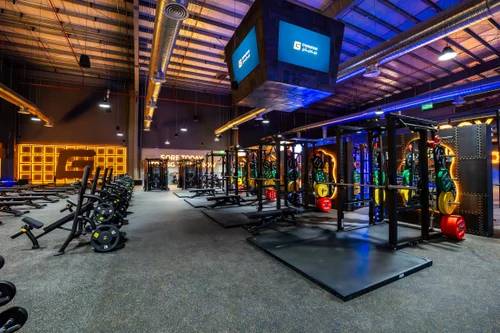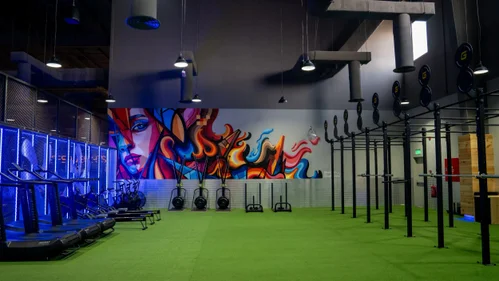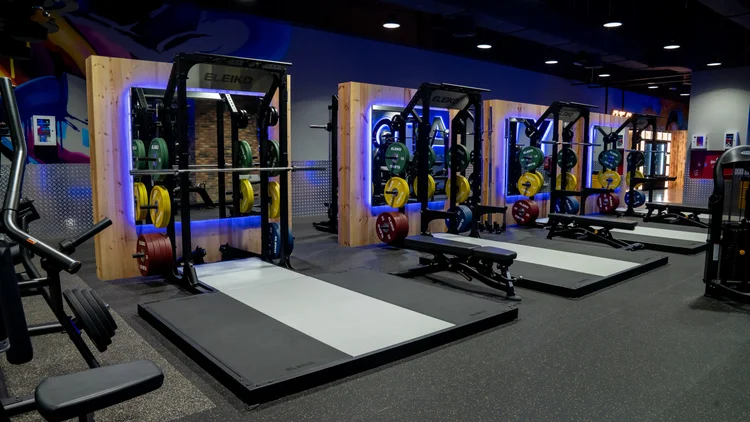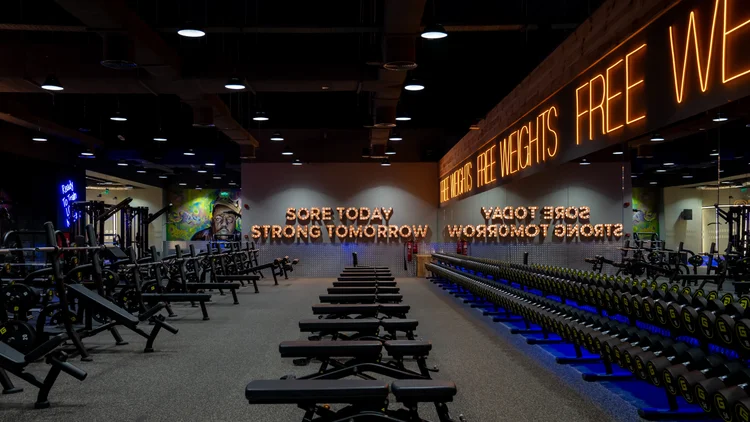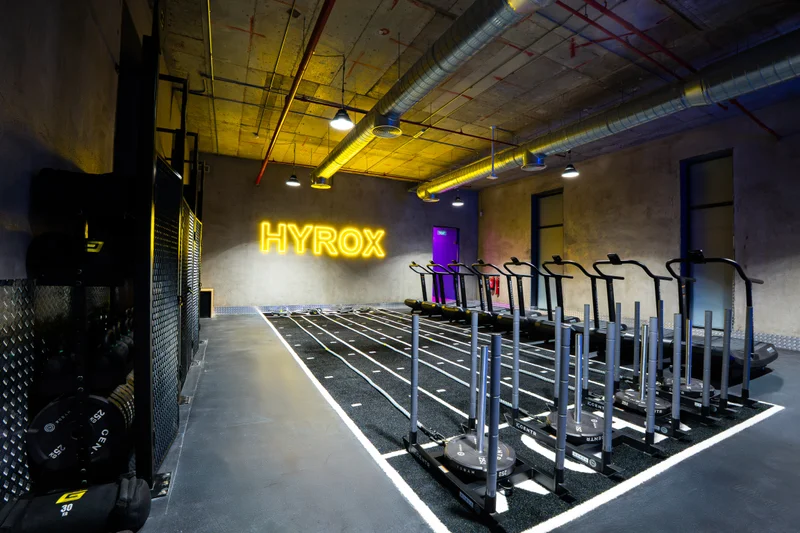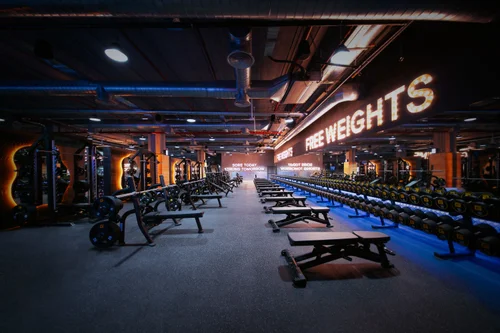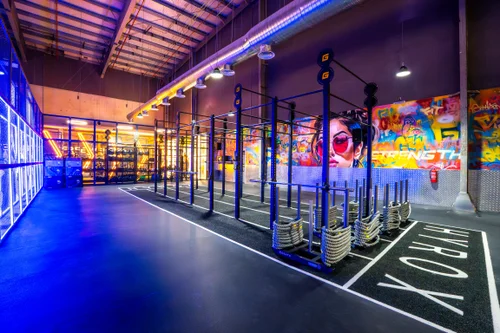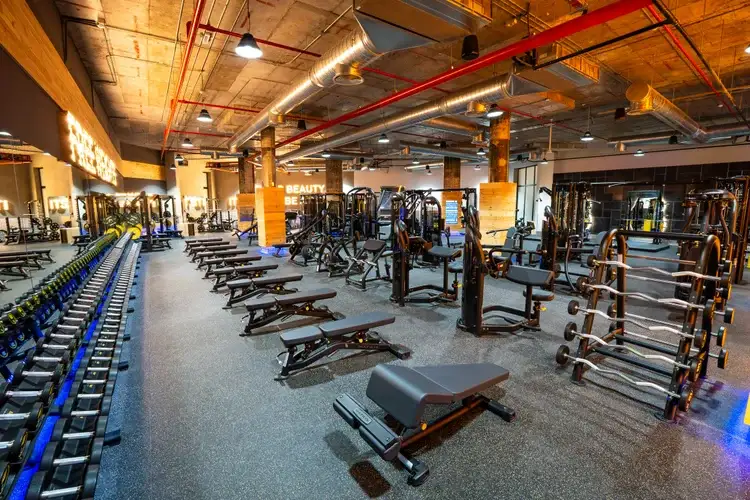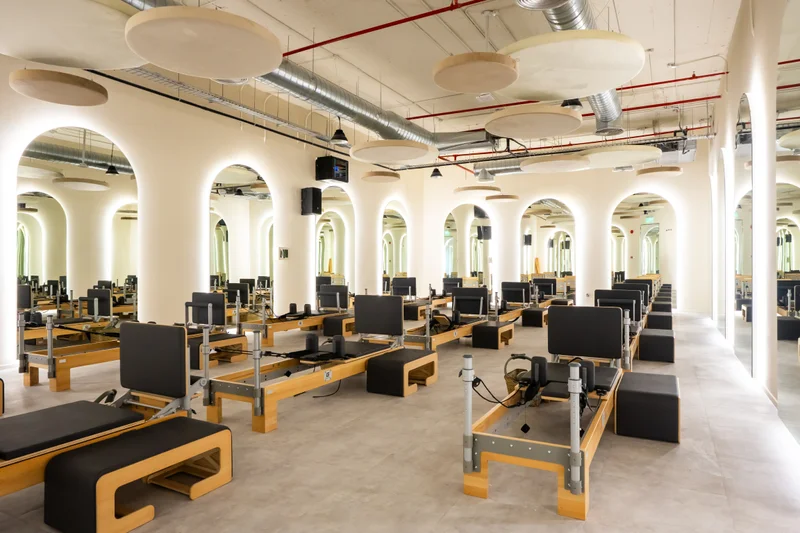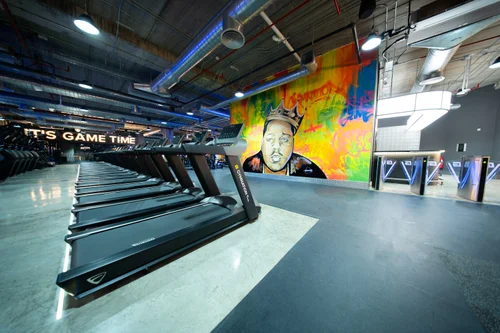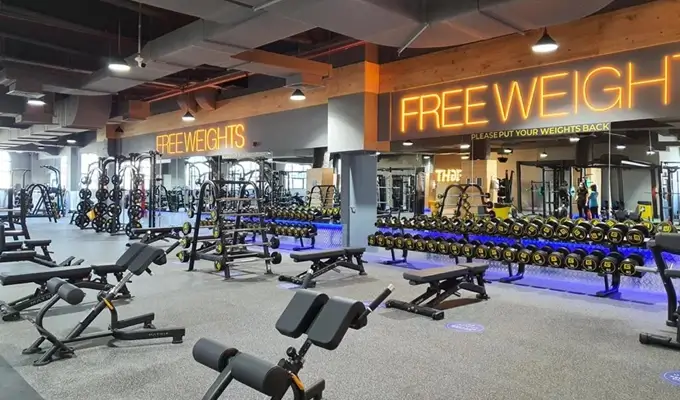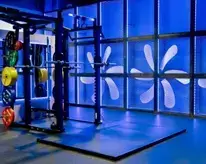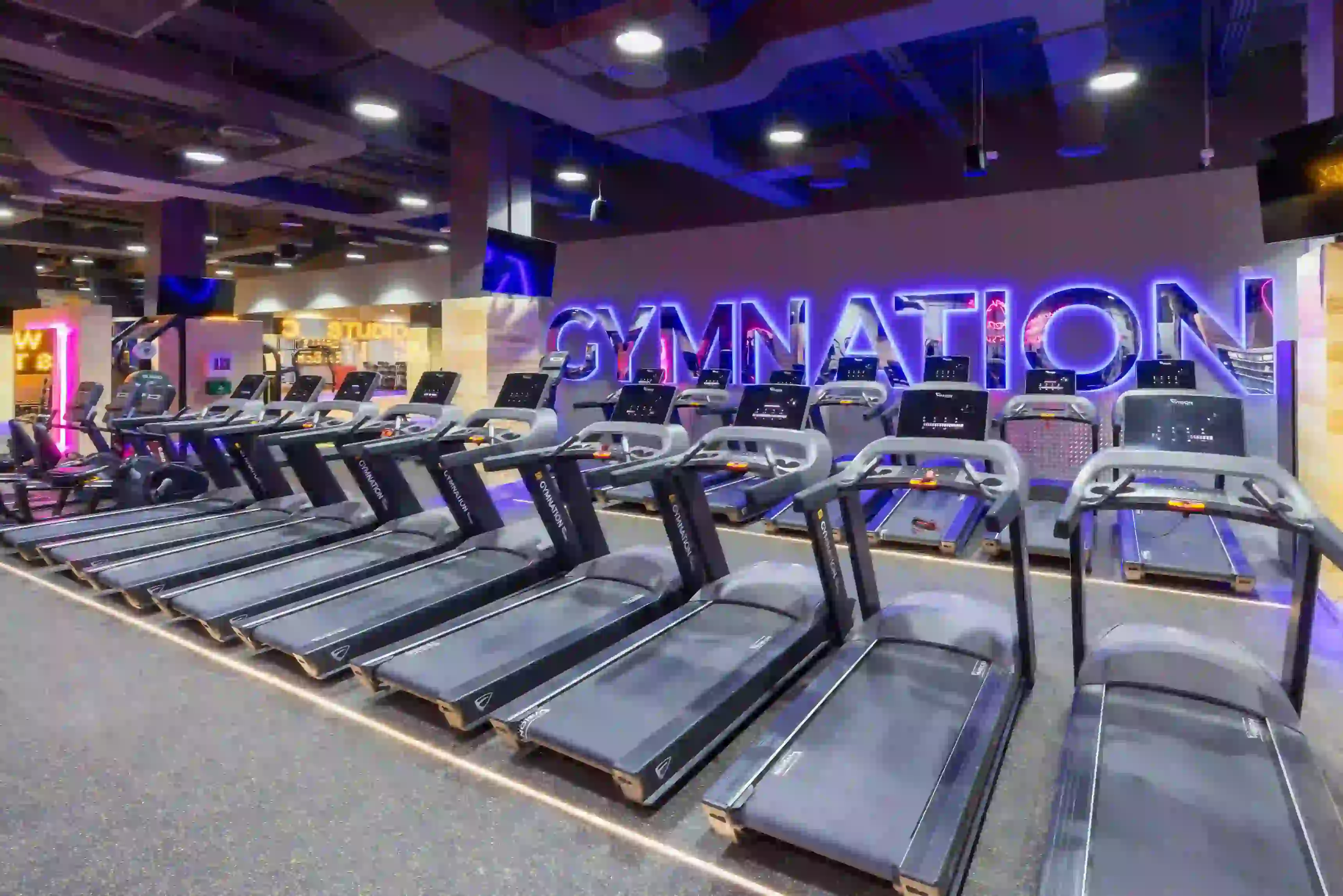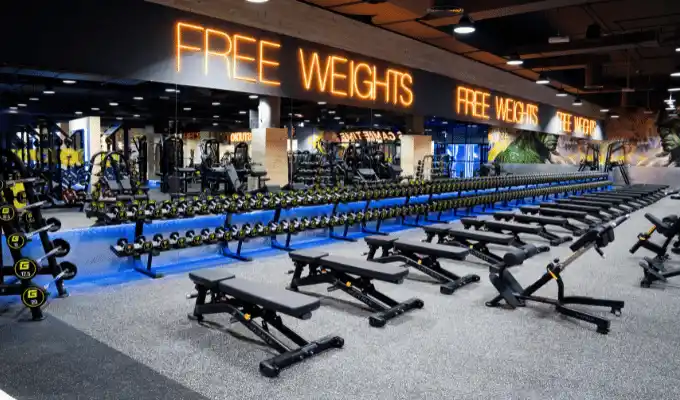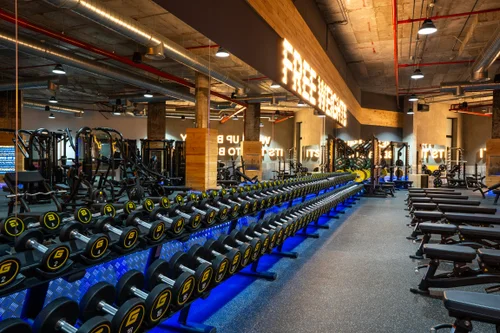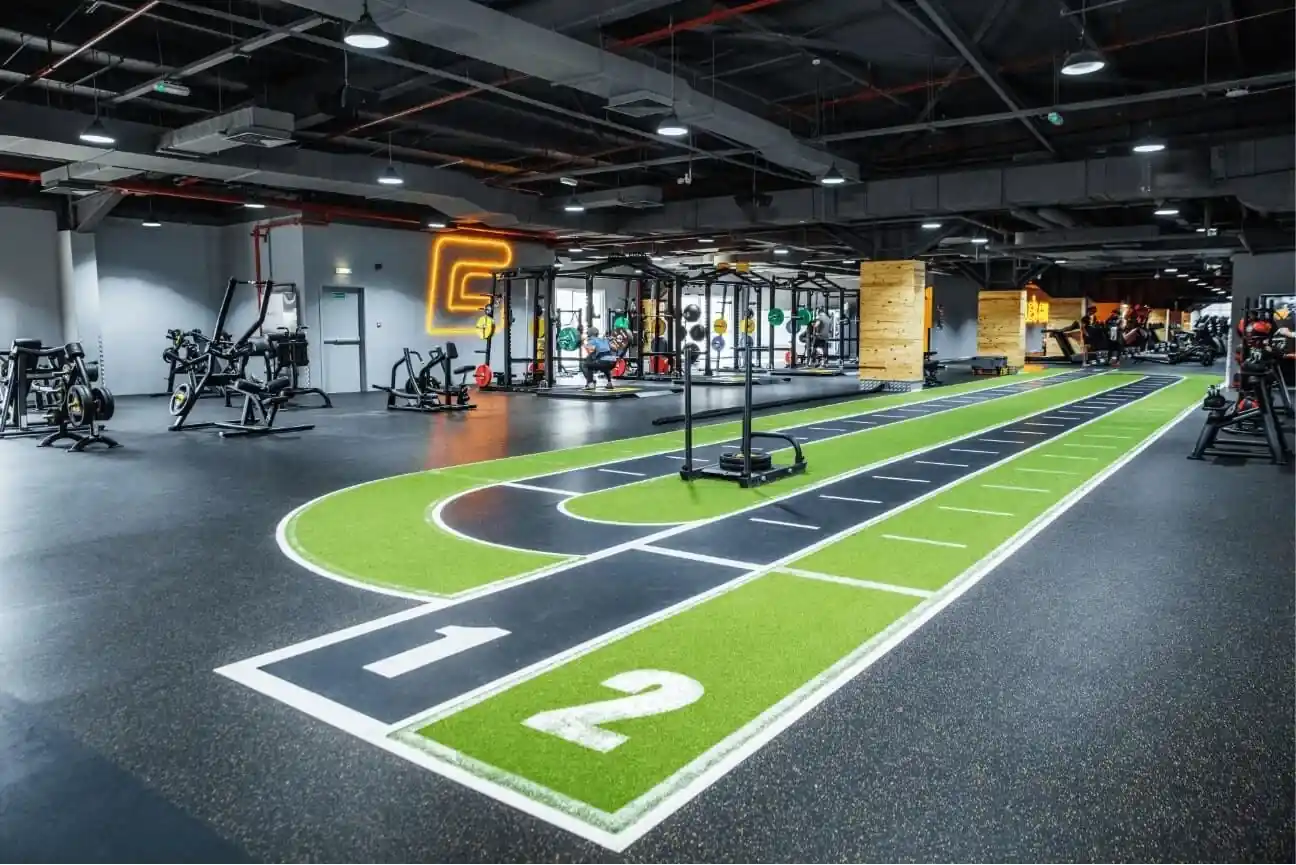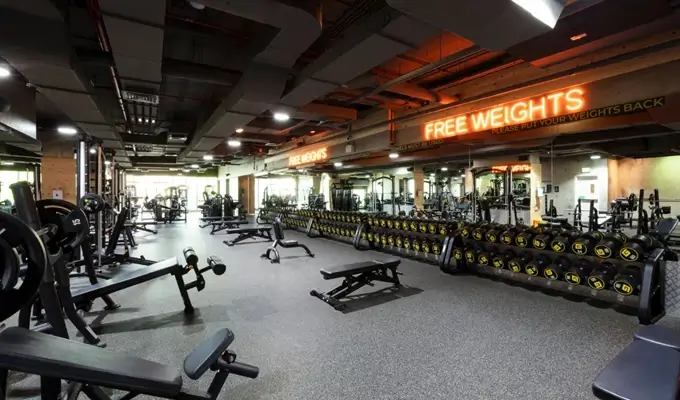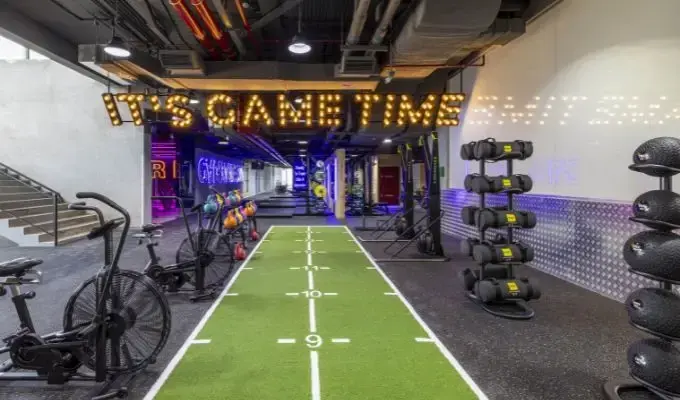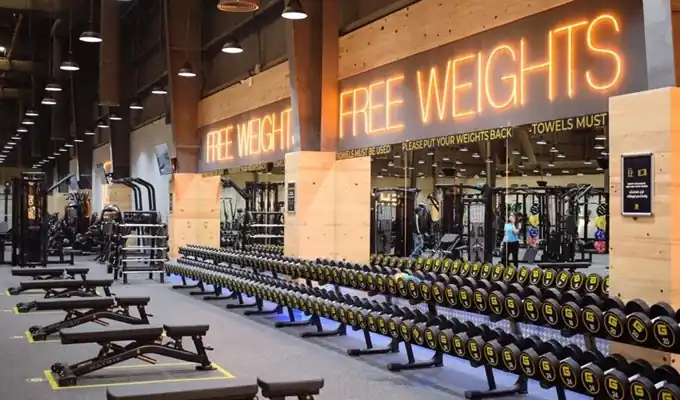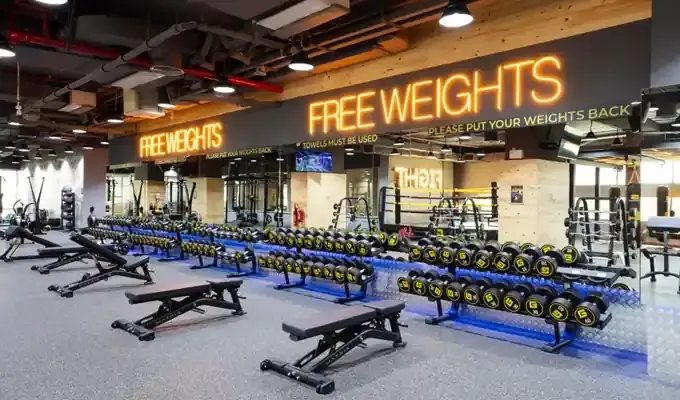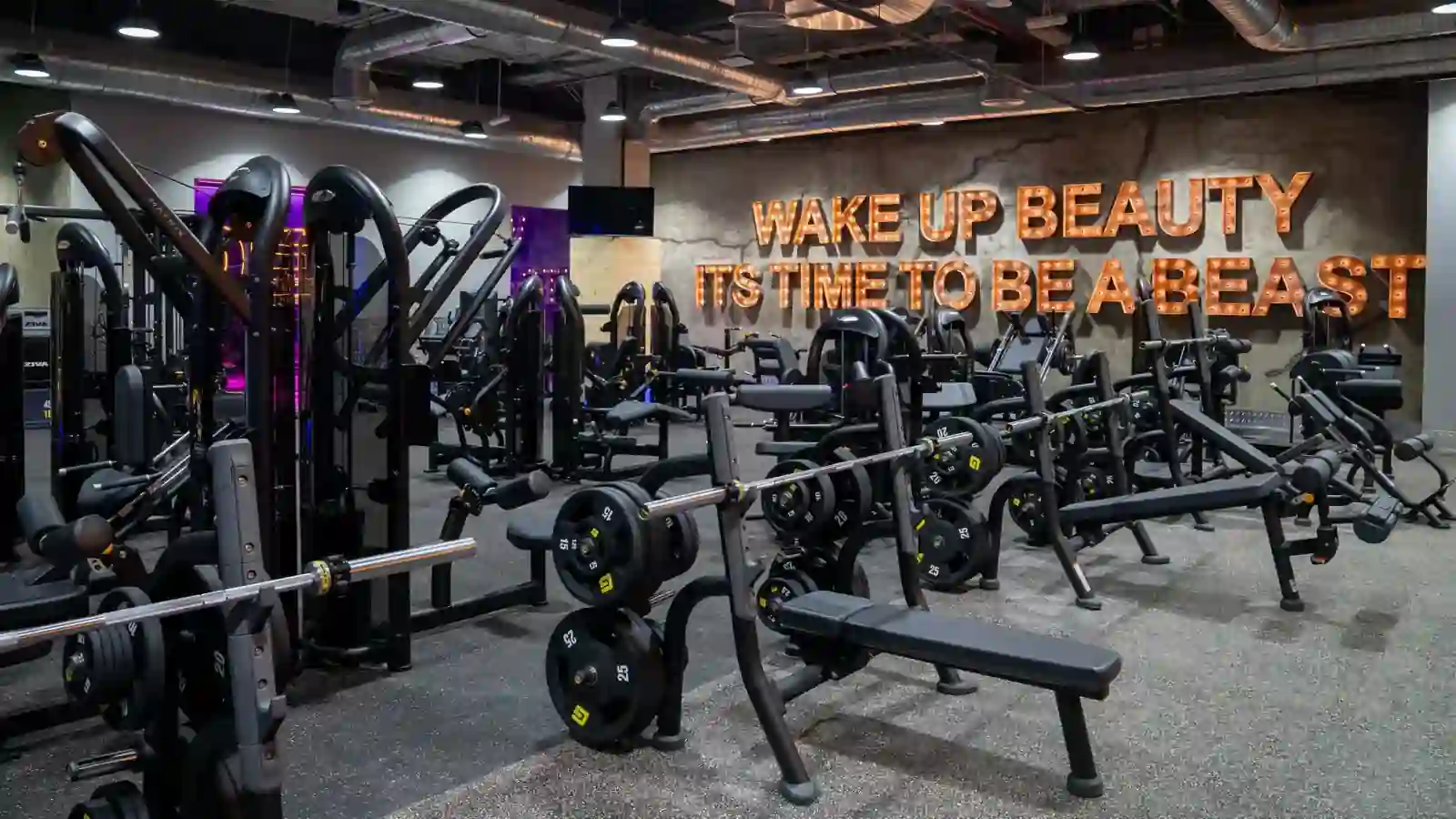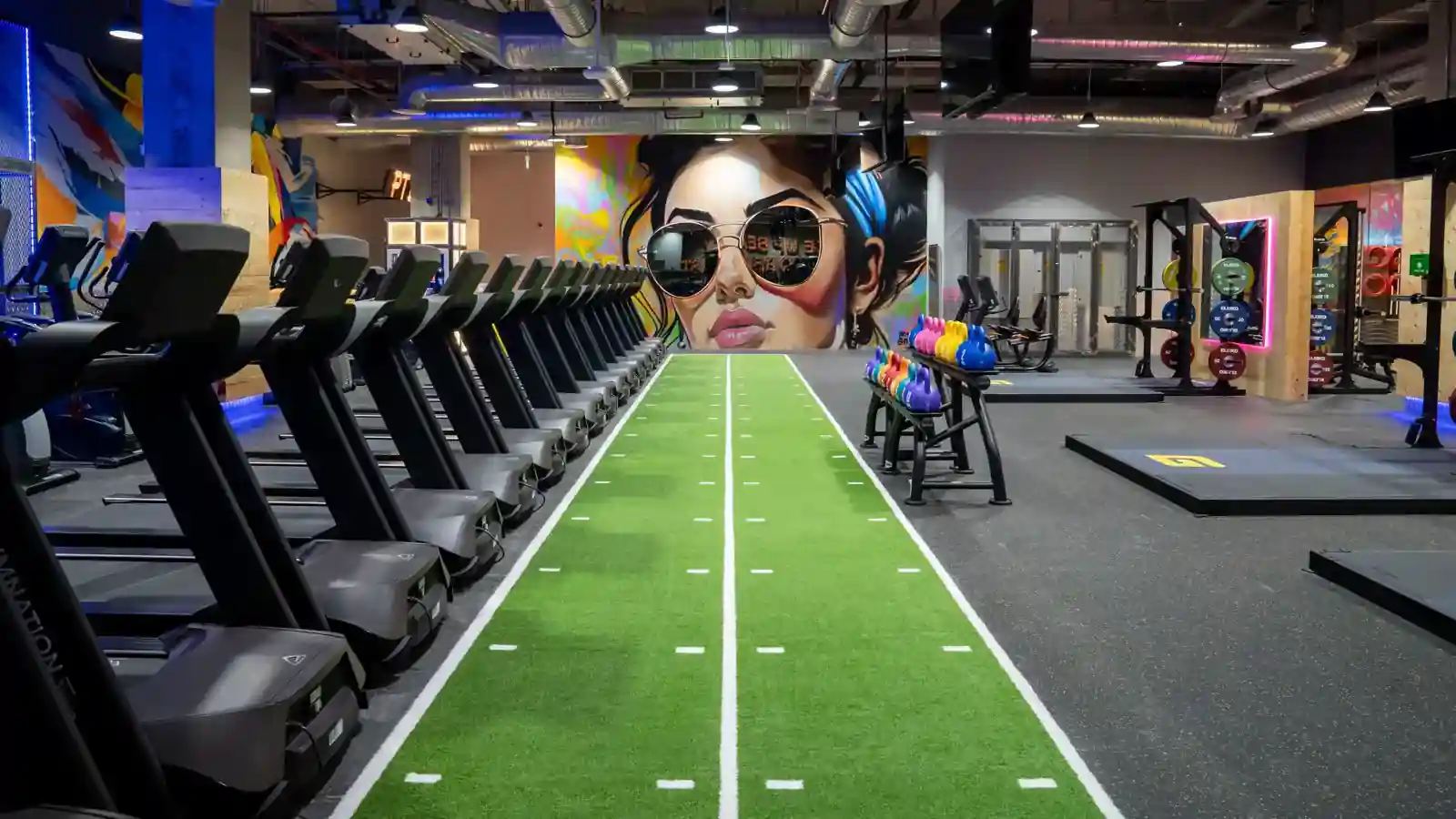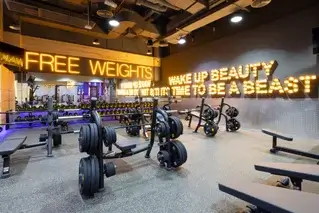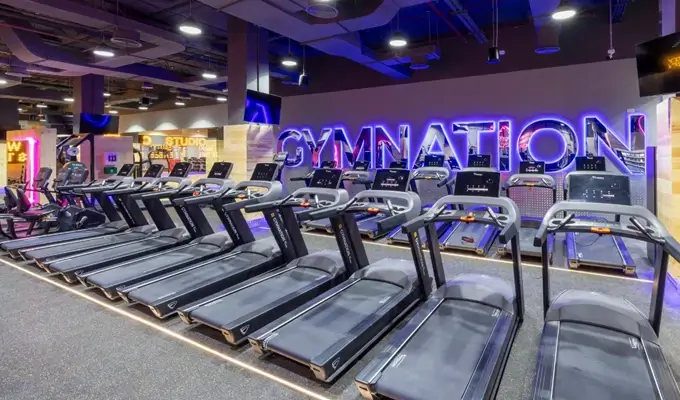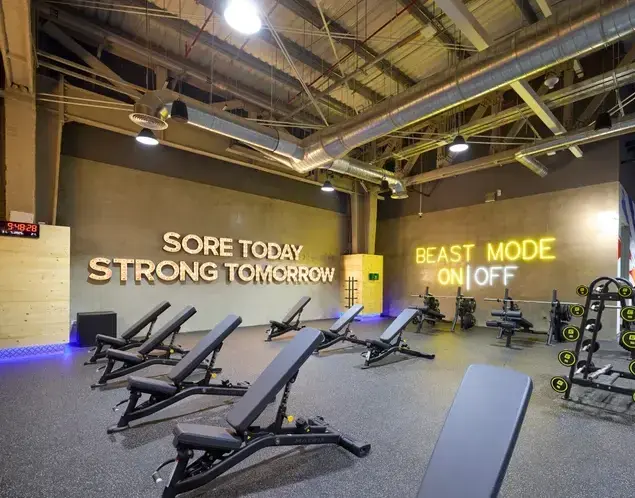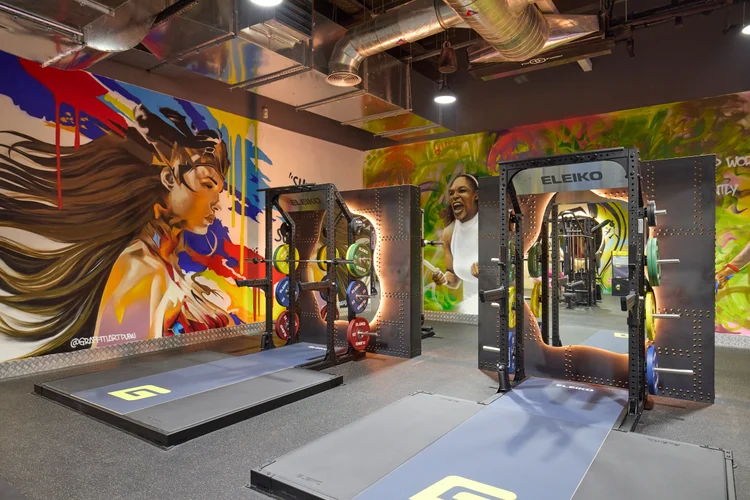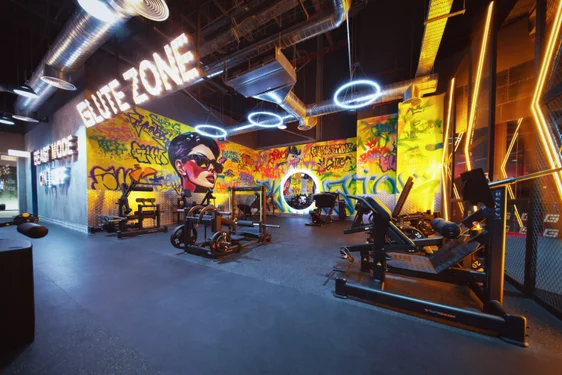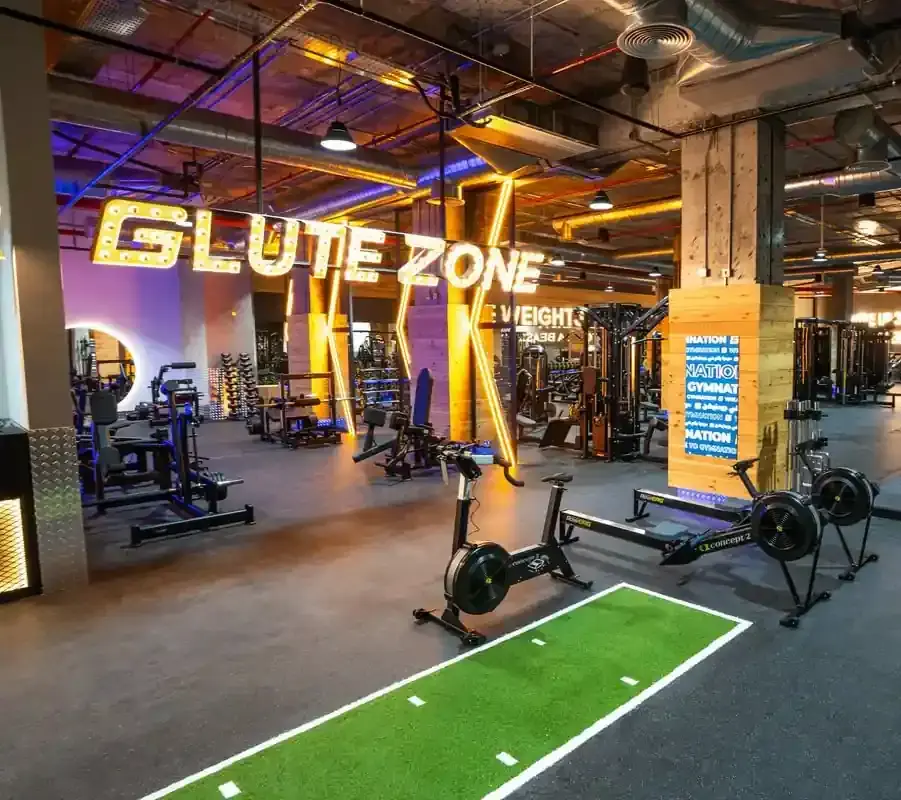5 Strategies to Dominate Hyrox Training
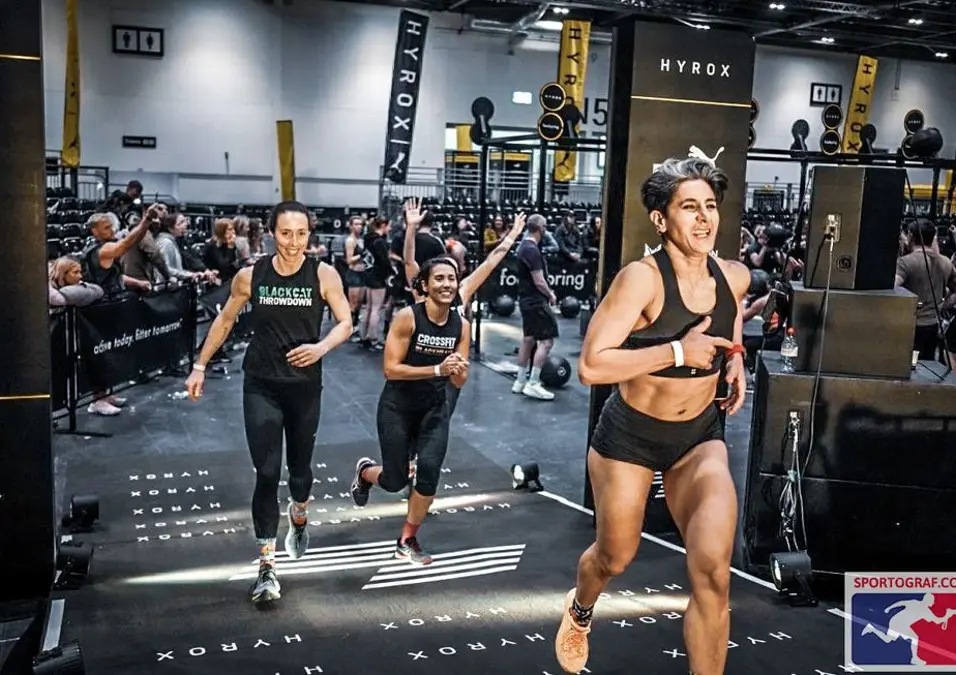
SIGN UP FOR YOUR FREE DAY PASS TODAY!
Discover how to excel in endurance, strength, and functional fitness with expert insights from industry leaders.
Imagine combining burpee broad jumps with sled pulls in an arena filled with competitors racing against the clock. That's Hyrox—a fitness competition blending running with functional workouts, requiring exceptional endurance, strength, and athleticism.
Launched in Germany in 2017 by entrepreneur and former triathlete Christian Toetzke alongside Moritz Fürste, a double Olympic gold medalist in field hockey, Hyrox has since expanded internationally.
What Is Hyrox?
Unlike CrossFit, Hyrox adheres to a standardized race format. Participants must complete a series of eight functional exercises, each preceded by a 1-kilometer run, over the course of a few hours, depending on their pace. The event structure is as follows:
- Run 1K
- Ski Erg 1000 m
- Run 1K
- Sled Push 50 m
- Run 1K
- Sled Pull 50 m
- Run 1K
- Burpee Broad Jumps 80 m
- Run 1K
- Rowing 1000 m
- Run 1K
- Farmer’s Carry 200 m
- Run 1K
- Sandbag Lunges 100 m
- Run 1K
- Wall Balls 75 to 100
Anyone can join, with multiple divisions available and no time limits on the course.
Competitors must complete each 1-kilometer run and the subsequent exercise before moving on to the next station, covering a total of 8 kilometers and completing all eight exercises in the specified order.
Whether you're an experienced athlete or just starting, effective training is crucial for a successful Hyrox event. Here are five scientific approaches to help you prepare.
1. Structured Periodization Training
Periodization divides your training program into distinct phases, each with specific goals, to systematically build fitness over time. For Hyrox, structure your training into three main phases:
- Base Phase: Focus on building a foundation of endurance and strength with steady-state cardio exercises like running, cycling, or swimming, and basic strength training movements such as squats, deadlifts, and push-ups.
Aim for longer, moderate-intensity workouts to develop your aerobic base. - Build Phase: Increase workout intensity and volume with more functional movements specific to Hyrox events, such as rowing, sled pushes, and sandbag carries.
Mix in interval training sessions to improve cardiovascular and muscular endurance. - Peak Phase: Leading up to the competition, focus on high-intensity interval training (HIIT) and simulate race conditions.
Combine running with functional exercises in continuous, high-intensity circuits.
Brian Biagioli, EdD, graduate program director for strength and conditioning at the University of Miami, suggests an intentional training approach.
For the preparatory phase, balance anaerobic and aerobic conditioning and maximize coordinated movements for function and mobility.
Biagioli also emphasizes strength balance across agonist and antagonist relationships.
"Start flow patterns with free weights, sandbags, medicine balls, and kettlebells, conditioning over 20-second Time Under Tension (TUT) sprints," he advises.
He also recommends incorporating "micro-doses of heavy compounds" focusing on ballistic/Olympic movements, reducing distance to 10-15 sec TUT, adding drag training, and balancing competition skills with prior phase characteristics.
2. Functional Strength & Conditioning
Hyrox challenges you with a blend of strength and endurance.
“Any kind of load enhances the kinetic chain, ensuring all muscles work cohesively from bottom to top and in rotation,” says Biagioli.
To develop essential functional strength, incorporate these exercises into your routine:
Lower body strength:
- Squats
- Deadlifts
- Lunges
- Step-ups
These exercises build strong legs for running and functional movements in Hyrox.
Upper body strength:
- Push-ups
- Pull-ups
- Bench presses
- Overhead presses
These moves develop the upper body strength needed for activities like rowing and wall balls.
Functional strength:
- Kettlebell swings
- Farmer’s walks
- Sandbag carries
These exercises enhance grip strength and overall functional fitness, crucial for Hyrox events.
“The physical demands of this training are significant, whether you're a professional athlete aiming for the top or a weekend warrior doing it for personal pride and support from family in the stands,” says Nathan Hyland, Director of International Business at the National Council on Strength & Fitness (NCSF).
Hyland recommends starting with an integrated training approach and ideally working with an NCCA-accredited certified personal trainer or strength coach registered with USREPS. This helps optimize performance and reduce injury risk.
“A good personal trainer will assess a client and conduct various movement tests to identify compensations and design a program tailored to the client's needs,” Hyland adds.
“Before the actual training, it's crucial to evaluate the body's performance,” says Hyland, who participated in Hyrox himself.
During his training, he used battle ropes, endless rope pulls, an aqua bag, and boxing and grappling at different intervals to “mimic the changing energy system demands.”
3. High Intensity Interval Training (HIIT)
HIIT workouts are vital for building the cardiovascular endurance and muscular strength required for Hyrox.
These sessions alternate between intense activity bursts and rest or lower-intensity exercise. Hyland suggests that HIIT should make up about 25% of your training program.
Effective HIIT workouts include:
Tabata workouts:
- Perform 20 seconds of all-out effort followed by 10 seconds of rest for 8 rounds.
- This format works well with exercises like burpees, sprints, or kettlebell swings.
Circuit training:
- Create a circuit of functional exercises like rowing, burpees, sled pushes, and box jumps.
- Move from one exercise to the next with minimal rest to keep your heart rate up.
Interval runs:
- Alternate between sprinting and jogging or walking.
- For example, sprint for 30 seconds, then jog for 1 minute, and repeat for 20-30 minutes to improve running efficiency and speed.
“HIIT is necessary for foundational acidosis to promote improved buffering,” says Biagioli.
"Hydrogen ions are neutralized by bicarbonate and carbonic acid. Athletes can then be intermittently tested for consistent volume/time completion comparisons.
The goal is to maintain a pH of +7.3; if it drops to 6.8, you may feel nauseous. Adaptation usually takes about 3-4 weeks if one's VO2 is below 45 ml/kg/min."
4. Sport Specific Training
To prepare for Hyrox, simulate the competition events during your training sessions.
According to Hyland, sport-specific training and cross-training are vital for both progression and injury prevention.
This familiarizes you with the exercises and builds the specific strength and endurance required.
Key exercises include:
Ski Erg and rowing:
- Improve upper body and core endurance, essential for the rowing and ski erg components of HYROX.
Burpee broad jumps:
- Enhance explosive power and agility, mimicking competition movement patterns.
Sled pushes and pulls:
- Build full-body strength and endurance, crucial for sled push and pull events.
- Vary the weight and distance to challenge your muscles in different ways.
Hyland notes that hybrid athletes like rugby players, gymnasts, grapplers, and exercise competition participants excel in Hyrox competitions.
They balance anaerobic and aerobic training effectively and have functional muscle mass capable of handling heavy loads and the demands of muscular endurance.
5. Recovery and Mobility Work
Recovery is as crucial as the training itself. To prevent injuries and enhance performance, integrate these recovery and mobility practices into your routine:
Foam Rolling and Stretching: Use a foam roller to alleviate muscle tightness and improve flexibility.
Stretch major muscle groups post-workout to reduce soreness and aid recovery.
Yoga or Mobility Classes: These classes can enhance joint mobility and prevent stiffness while also promoting mental relaxation and focus.
Active Recovery Sessions: Engage in low-intensity activities like walking, swimming, or light cycling on your rest days. This promotes blood flow and helps repair muscles without adding extra stress.
Biagioli emphasizes that recovery is "vital" and recommends proper sports nutrition timing.
"Glycogen hydration status should be above 90%," he says.
Hyland adds, "Active recovery shows benefits over complete rest when dealing with fatigue or delayed onset muscle soreness (DOMS), such as light trail hiking."
"Yoga, Animal Flow, or my favorite, ZUU, are excellent bodyweight systems that promote proper activation and lengthening without causing additional muscle damage from traditional strength training," Hyland continues.
He stresses the importance of guidance from an exercise professional and offers this advice:
"If you’re working out on your own, be mindful of managing duration and intensity in active recovery sessions.
The goal is to provide your body with multiplanar movement without excessively raising the heart rate or adding to the body's existing stress while it heals."
Training for Hyrox requires a comprehensive approach that includes structured periodization, functional strength and conditioning, high-intensity interval training, sport-specific exercises, and sufficient recovery.
By incorporating these five methods, ideally with the help of a certified personal trainer, you can effectively prepare for the unique challenges of a Hyrox competition and achieve your fitness goals.
Source: athletechnews
The opinions shared in the GymNation blog articles are solely those of the respective authors and may not represent the perspectives of GymNation or any member of the GymNation team.
GET YOUR FREE TRIAL TODAY




















